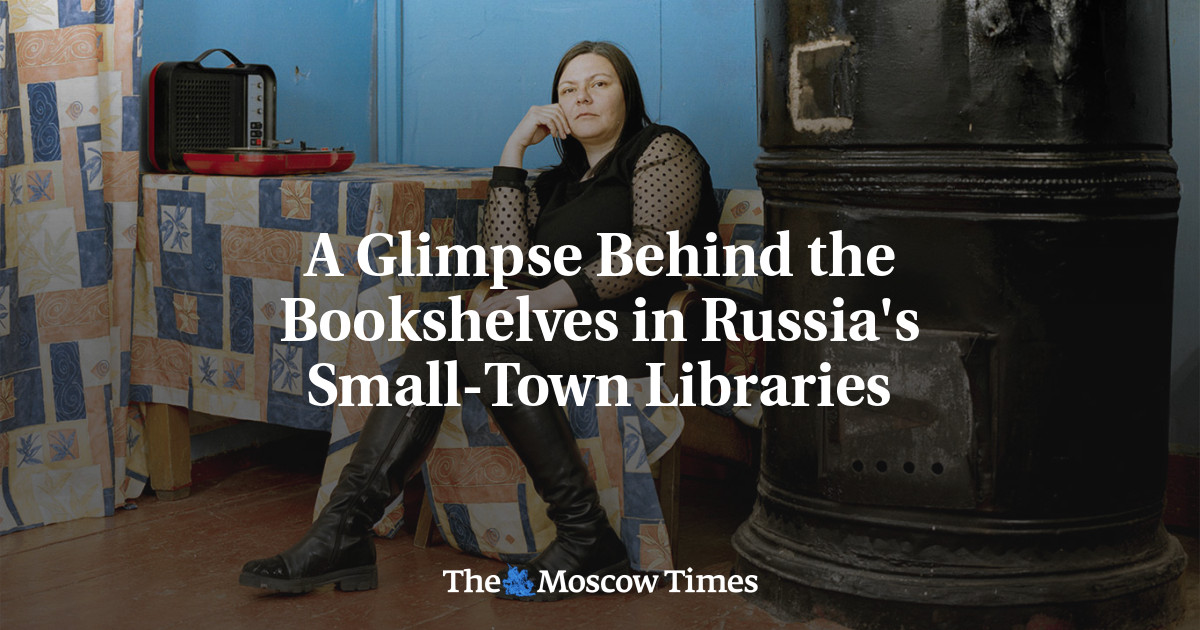
In Russia’s rural villages, there are very few cultural institutions. Oftentimes, there is only a single library and a single House of Culture (community center for arts and culture).
Because libraries are free to visit, they are crucial in low-income regions where people can’t afford to spend money on culture and education.
In addition to lending out books, each library acts as a center for education, cultural events and entertainment. The spaces are used for distributing news, celebrating anniversaries and holding social gatherings. Village libraries exist to preserve national traditions and historical knowledge.
Many of these libraries are managed by just one employee each, most of whom are women working part-time. They are the ones in charge of decorating these spaces, which is why each library possesses a unique interior.
Librarians compensate for the decline of interest in print books and the infrequent donations by organizing events within the library spaces such as celebrations of renowned writers’ and poets’ birthdays, lectures on local history, workshops and quizzes.
Yet these libraries are gradually disappearing. In five years’ time, many will be closed as the population of rural areas continues to decrease.
In the middle of making this series, it became clear to me that the focus of the project was not only the libraries themselves as much as it is the women who single-handedly carry the cultural education of their towns’ residents on their backs.





